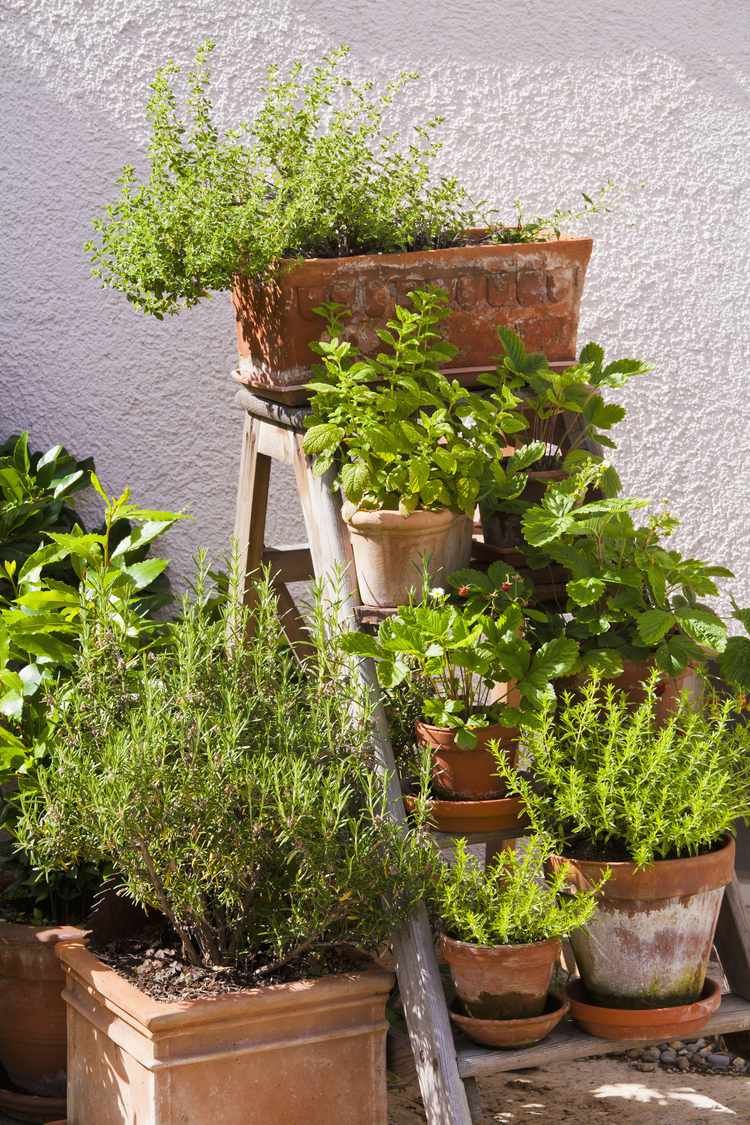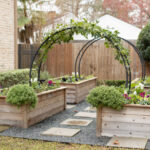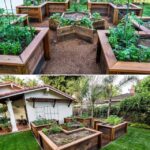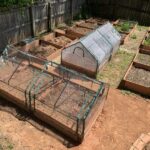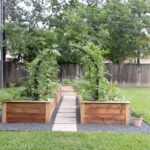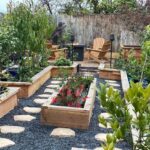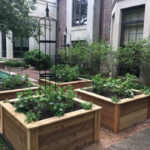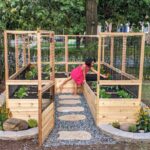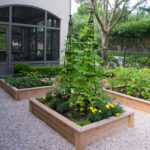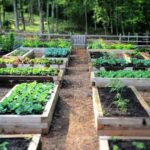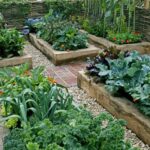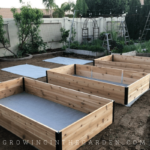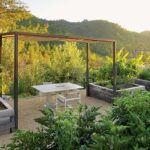Raised garden beds provide several advantages for gardeners looking to grow a variety of plants in a controlled environment. One key aspect of using raised garden beds is the layout of the beds themselves. Proper layout can ensure efficient use of space, easy access for watering and maintenance, and optimal growing conditions for plants.
When planning the layout of raised garden beds, consider the size and shape of the beds in relation to the available space. Beds that are too large may be difficult to reach the center for planting and maintenance, while beds that are too small may result in wasted space. Consider the size of the plants you plan to grow and leave enough room between beds for easy access. Additionally, think about the overall aesthetic of your garden and how the layout of the beds will complement the space.
Another important factor to consider when laying out raised garden beds is the orientation of the beds in relation to the sun. Most plants require at least 6-8 hours of sunlight per day to thrive, so make sure to place your beds in a location that receives adequate sunlight. Consider the direction of the sun throughout the day and how it will affect the plants in each bed. Some plants may require more shade, so be mindful of where you place those beds in relation to the sun.
Incorporating pathways between raised garden beds is essential for easy access for planting, watering, and maintenance. Paths should be wide enough to comfortably walk between beds and may be constructed of gravel, wood chips, or another suitable material. Consider incorporating stepping stones or a small walkway for a decorative touch that also provides functional access to each bed.
When planning the layout of raised garden beds, take into account the water source for the beds. Make sure beds are located near a water source, such as a hose or irrigation system, for easy watering. Consider incorporating a drip irrigation system or soaker hoses to ensure even watering throughout the garden beds. Additionally, consider installing a rain barrel or other water catchment system to collect rainwater for use in the garden.
Finally, consider the overall design and aesthetic of your raised garden bed layout. Whether you prefer a neat and organized layout or a more free-form design, think about how the beds will look together as a cohesive garden. Consider incorporating different heights, shapes, and colors of plants to create visual interest and diversity in the garden beds. With careful planning and consideration, the layout of raised garden beds can enhance the overall functionality and beauty of your garden space.
